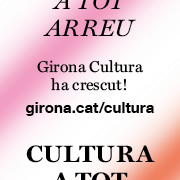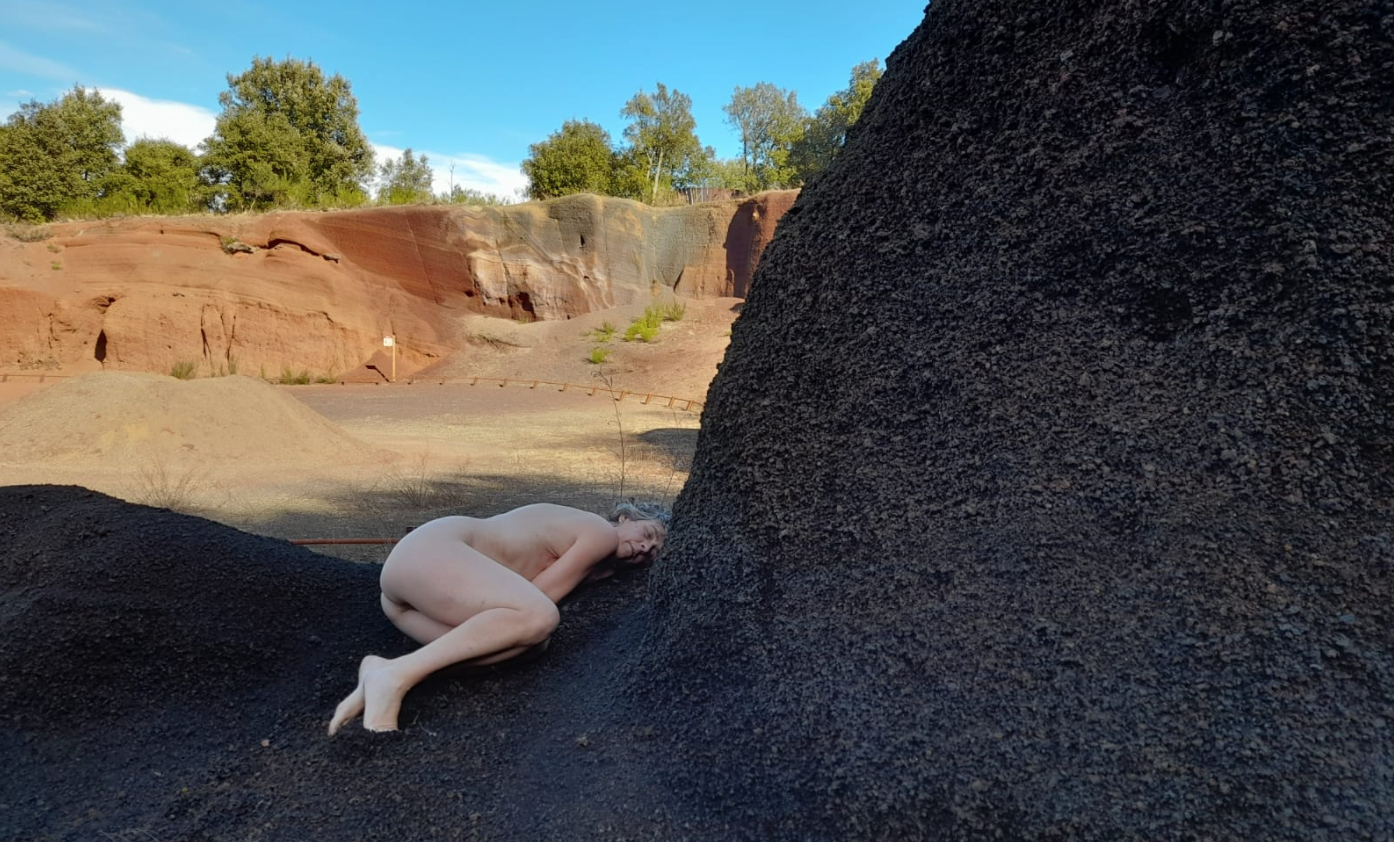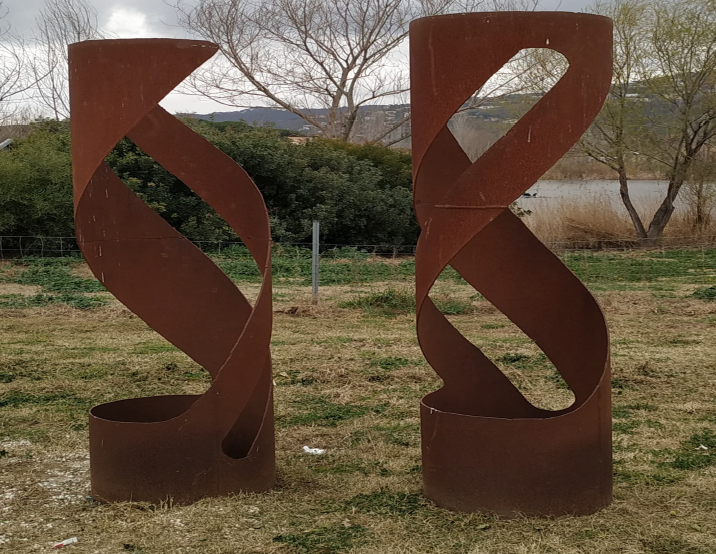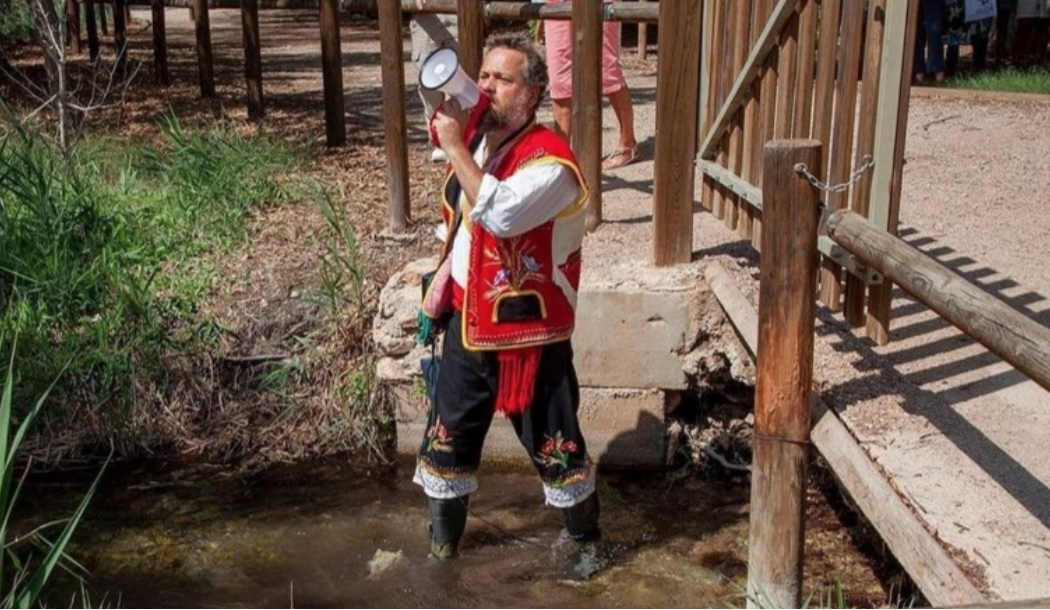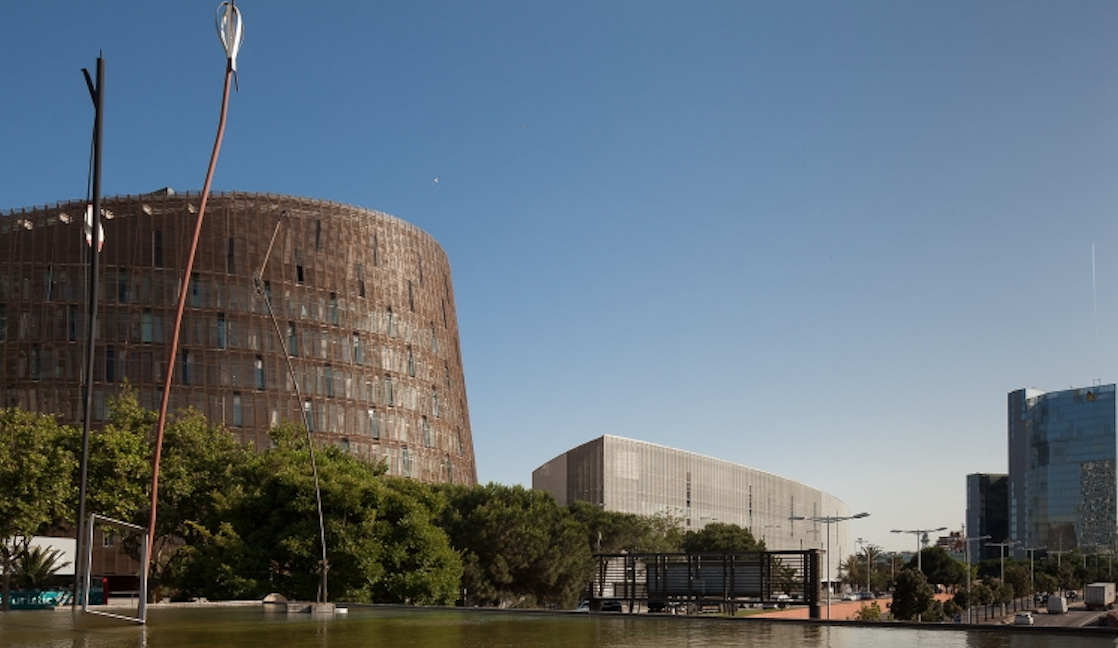Exhibitions
Jaume Plensa reopens with his silent faces the extension of the Ceret Art Museum
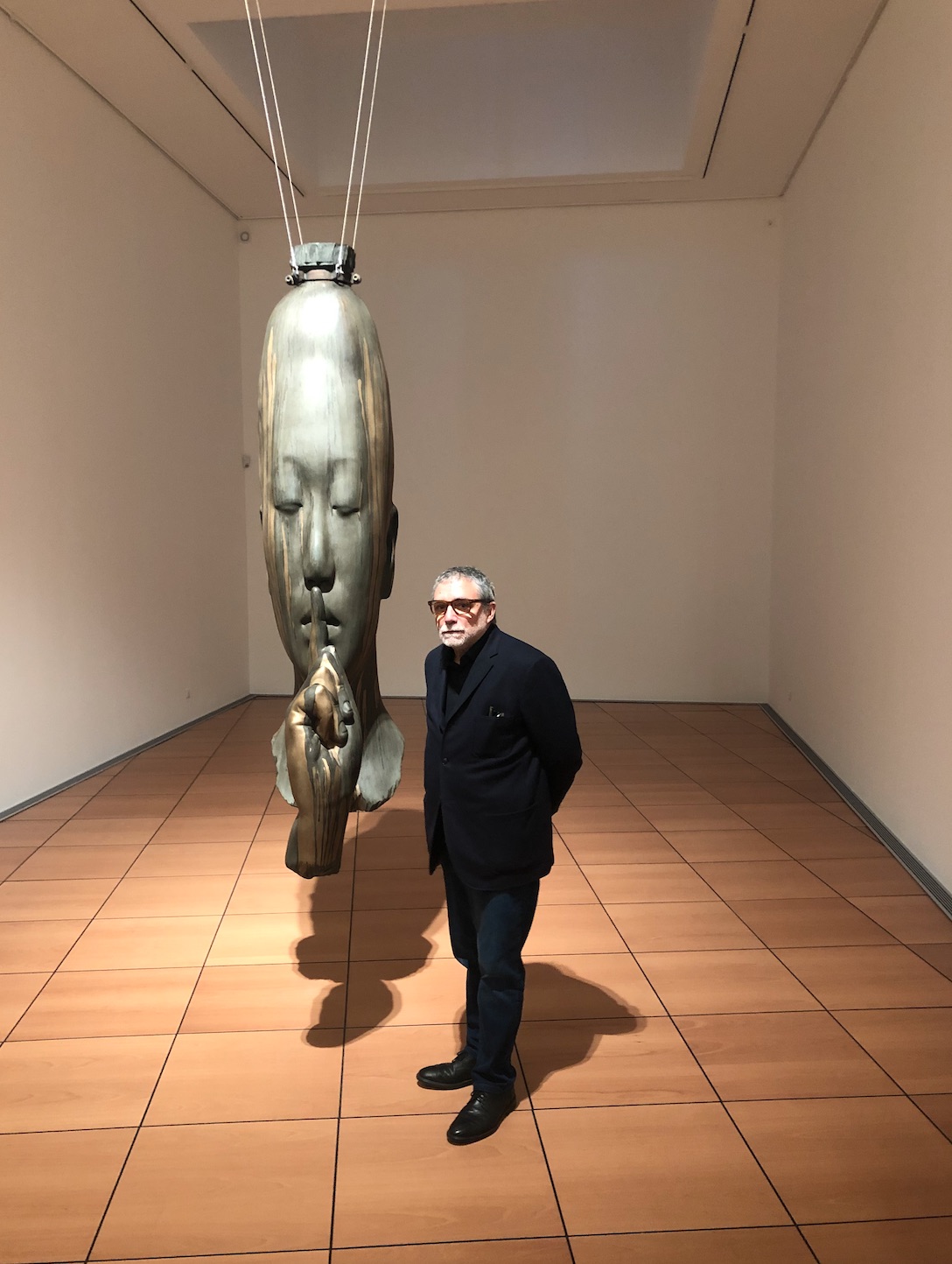
Jaume Plensa, one of the most international artists in our country, reopens the expansion of the Ceret Museum, which has always had intense ties with the principality. The exhibition is the second in a relatively short period by the author, who commented that "a second exhibition is always more complex than a first". The museum, which has been closed since November 2019, has been expanded with an additional 1,300 m2 and a new museography for part of the permanent collection. On the first floor, the large exhibition hall has an area of 550 m2. An additional floor is now open to the public and a viewpoint offers a view of the landscape of Ceret and the iconic Canigó which saw, among other things, the exodus of Republican refugees after losing the Spanish Civil War. Thanks to this viewpoint, you can discover the landscapes seen in the paintings in the collections. Currently, the new pavilion is dedicated exclusively to temporary exhibitions and the building considered "historic" in the permanent collection, which has received a new presentation from the hand of the set designer Olivier Arnaudo, who has worked to modify the interior architecture of the rooms.
This new expansion operation, which had been planned for fifteen years, has cost more than seven million euros. Those in charge of the public establishment of cultural cooperation (city of Ceret, Department of the Eastern Pyrenees, Region of Occitania) have made it possible to equip the Museum of Modern Art of Ceret with a new room designed by the architectural firm Pierre- Louis Faloci (National Grand Prix of Architecture 2018). The Ceret Museum was created in 1950 and is located on the site of a former Carmelite convent, it became the headquarters of the Marshal and the prison in the 19th century. It should be remembered that this headquarters was renovated and enlarged in 1993, inaugurated by Mitterrand, it was the work of the architect Jaume Freixa (to whom we owe the extension of the Fundació Miró in Barcelona), and that it has a remarkable Mediterranean architecture. According to Nathalie Gallissot, director and curator of the Museum of Modern Art in Ceret, term because it is almost never closed. We are now reopening the museum with this new pavilion, but also with a complete renovation of the permanent collection. "
As for the Museum's contemporary collection, the artist Alain Clément (Neuilly-sur-Seine, 1941) has been chosen, who has already exhibited several times at the museum and is very familiar with his collection. Clément currently lives and works between Nimes and Paris, where he has his two studios, and travels regularly to Berlin.
FULL REPORT THE WAR THROUGH SILENT SCULPTURES
After the success of the exhibition "The Silence of Thought" in 2015 at the Museum of Modern Art in Ceret, the Catalan sculptor returns for the opening of the new temporary exhibition hall. In this exhibition, Plensa presents some unpublished pieces that he has kept in his studio in Barcelona exclusively for this exhibition. A total of thirteen sculptures and twenty large-format original drawings, all recent pieces made between 2019 and 2021, make up the exhibition that explores the theme of the face, which has become a favorite subject for the artist. It must be said that these works were selected three years ago. Since then, they have not left Jaume Plensa's studio, they have never been presented together and they are meeting here for the first time.
The title of the exhibition entitled "Every face is a place", according to Plensa, "has been extracted from texts and poems written by me and which have been published in the book that accompanies my exhibition". Plensa's work reflects his love of poetry. His library includes writers such as William Shakespeare, William Blake, Dante and Charles Baudelaire. According to the sculptor, “these four poets helped me to build myself. The poet breathes the moment, unlike the novelist, whose goal is to narrate. I see it as a barometer of society. Poetry speaks of the absolute. In Shakespeare's Macbeth, which I like very much, Macbeth ends up killing the king, but most of all, he kills the possibility of sleeping, tormented by remorse. It has not killed the physical, but the abstraction. There is an exact conception of the sculpture that I have made mine ”.
Jaume Plensa was born in Barcelona in 1955. He studied at the Llotja School of Art and Design and at the Sant Jordi School of Fine Arts. Since 1980, the year of his first exhibition in Barcelona, he has lived and worked in Berlin, Brussels, England, France and the United States, as well as the Catalan capital. He has taught at the Ecole Nationale Supérieure des Beaux-Arts in Paris and has regularly collaborated with the Art Institute of Chicago as a visiting professor. An important part of his work is dedicated to sculptures in public spaces. Installed in cities in Spain, France, Japan, England, Korea, Germany, Canada, Andorra and the United States. These works have received numerous awards, including the Mash Award for Excellence in Public Sculpture in London in 2009 for their installation Dream.
Plensa's sculpture has also been exhibited in numerous galleries and museums around the world, and "The Crown Fountain," erected in Chicago's Millennium Park in 2004, is arguably one of his most ambitious projects. He has also carried out theater and opera projects, especially with the company La Fura dels Baus, designing sets and costumes. The exhibition can be visited until June 6, 2022.
As for the next exhibition of the Museum, this will be that of The Paris School (1900-1939) Chagall, Modigliani, Soutine and Cia. Collections of the Center Pompidou from July 9 to November 13 this year. The exhibition will pay homage to the generation of highly talented artists from the Paris school from the first century of the twentieth century to the beginning of the Second World War from Eastern European countries.
Visiting hours at the museum from 1 September to 30 June are from Tuesday to Sunday, from 10:00 to 18:00 and in July and August, every day, including Sundays and public holidays from 10:00 to 7 p.m.



